The “David” is a marble statue that stands 5 meters and 17 centimeters tall. Sculpted between 1501 and 1504, its one of Michelangelo Buonarroti’s masterpieces and one of the most important Italian artworks of all time.
Michelangelo was one of the greatest representatives of the Renaissance, a period of extraordinary cultural development that followed the dark centuries of the Middle Ages. Beginning in Italy in the middle of the 15th century, the Renaissance focused on man and creative intelligence. The classical spirit returned in art, as well as the aesthetic canons of beauty and harmony.
Florence was the center of this cultural development thanks to the patronage of the de’ Medici family, at the time the lords of the city. Michelangelo was trained at their court.
In 1494, a series of political mistakes led to the expulsion of the de’ Medici from Florence and the proclamation of a republic. The city maintained its cultural vitality and Michelangelo was ordered to create a large sculpture representing Republican ideals of courage and freedom, thus the “David” statue was born.
The statue was inspired by the biblical battle between the young shepherd David and the warrior Goliath. To protect his own people, David confronted an opponent far larger and stronger than himself. Armed with just a sling, he managed to defeat Goliath. His victory was considered a symbol of courage and love for one’s people.
Michelangelo maintained the classical canons of nudity for his athletic figure, but abandoned the idea of portraying his subject as calm or tranquil. The sculpture portrays David before the fight, capturing the moment of maximum physical and psychological tension. David looks as if he’s in deep concentration, his hands grasping the sling. His body is immobile, but clearly ready for action.
The sculpture expresses powerful emotion and great determination. At the same time, it exalts man’s moral and physical greatness, celebrating Renaissance values. The statue represented the city of Florence: a Republic fearlessly confronting stronger opponents while asserting its own cultural richness. The Florentines appreciated Michelangelo’s handiwork, and adopted David as their city’s symbol.
David is on display in the Accademia Gallery in Florence. A marble copy can be seen in Piazza della Signoria.
Michelangelo was one of the greatest representatives of the Renaissance, a period of extraordinary cultural development that followed the dark centuries of the Middle Ages. Beginning in Italy in the middle of the 15th century, the Renaissance focused on man and creative intelligence. The classical spirit returned in art, as well as the aesthetic canons of beauty and harmony.
Florence was the center of this cultural development thanks to the patronage of the de’ Medici family, at the time the lords of the city. Michelangelo was trained at their court.
In 1494, a series of political mistakes led to the expulsion of the de’ Medici from Florence and the proclamation of a republic. The city maintained its cultural vitality and Michelangelo was ordered to create a large sculpture representing Republican ideals of courage and freedom, thus the “David” statue was born.
The statue was inspired by the biblical battle between the young shepherd David and the warrior Goliath. To protect his own people, David confronted an opponent far larger and stronger than himself. Armed with just a sling, he managed to defeat Goliath. His victory was considered a symbol of courage and love for one’s people.
Michelangelo maintained the classical canons of nudity for his athletic figure, but abandoned the idea of portraying his subject as calm or tranquil. The sculpture portrays David before the fight, capturing the moment of maximum physical and psychological tension. David looks as if he’s in deep concentration, his hands grasping the sling. His body is immobile, but clearly ready for action.
The sculpture expresses powerful emotion and great determination. At the same time, it exalts man’s moral and physical greatness, celebrating Renaissance values. The statue represented the city of Florence: a Republic fearlessly confronting stronger opponents while asserting its own cultural richness. The Florentines appreciated Michelangelo’s handiwork, and adopted David as their city’s symbol.
David is on display in the Accademia Gallery in Florence. A marble copy can be seen in Piazza della Signoria.
RELATED
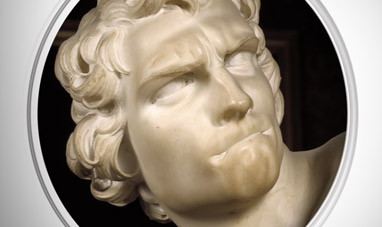

DAVID (BERNINI)


LADY WITH AN ERMINE


STARRY NIGHT


ST. PETER'S BALDACHIN


LAS MENINAS
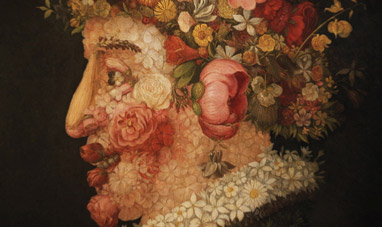

MANNERISM


IMPRESSIONISM
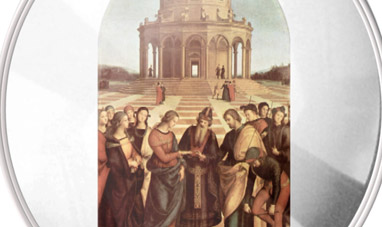

THE MARRIAGE OF THE VIRGIN
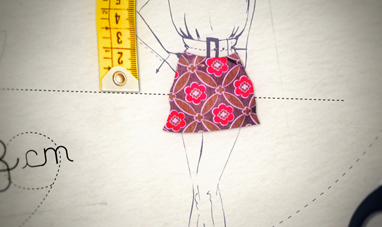

MINISKIRT
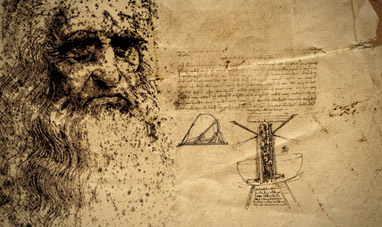

LEONARDO DA VINCI


BAROQUE


THE ECSTASY OF SAINT TERESA


SATURN DEVOURING HIS SON
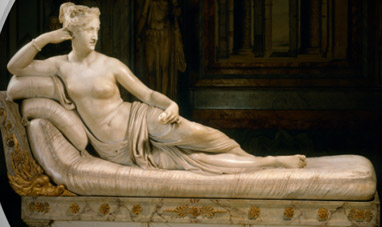

PAULINE BORGHESE
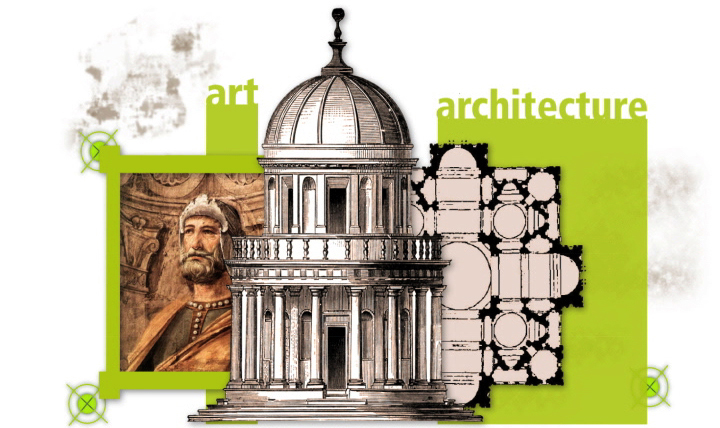

DONATO BRAMANTE
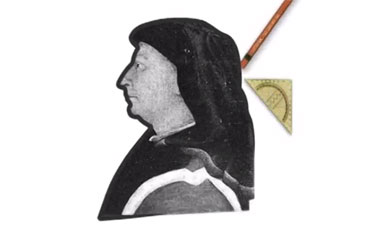

FILIPPO BRUNELLESCHI
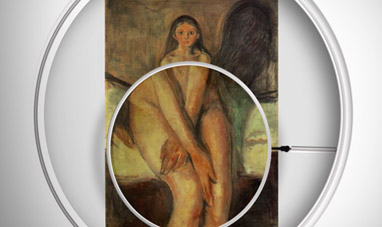

PUBERTY
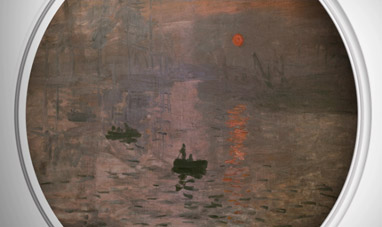

IMPRESSION, SUNRISE
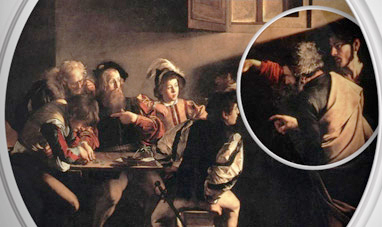

THE CALLING OF ST. MATTHEW
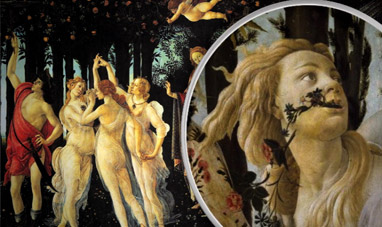

PRIMAVERA
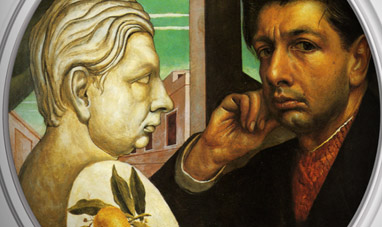

SELF PORTRAIT (GIORGIO DE CHIRICO)
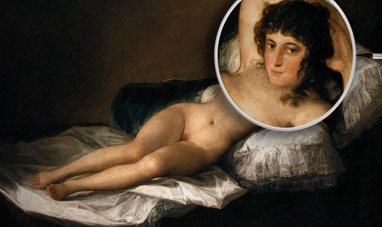

THE NUDE MAJA
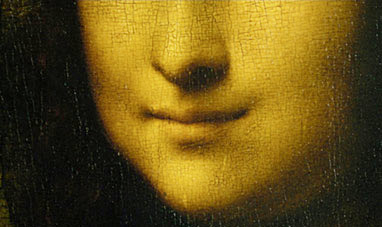

THE MONA LISA


DREAM CAUSED BY THE FLIGHT OF A BEE AROUND A...
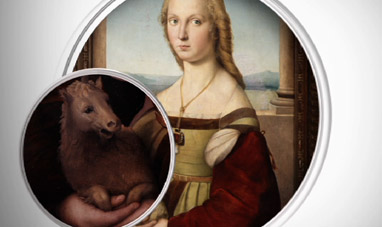

YOUNG WOMAN WITH UNICORN
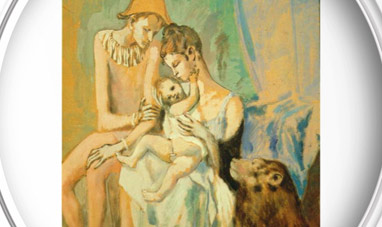

FAMILY OF ACROBATS, WITH MONKEY


THE CRUCIFIX OF SANTA MARIA NOVELLA


ROMANTICISM
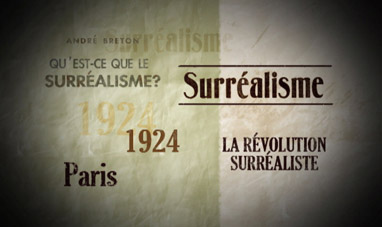

SURREALISM
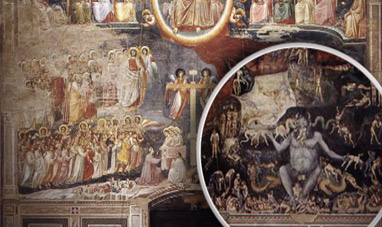

SCROVEGNI CHAPEL
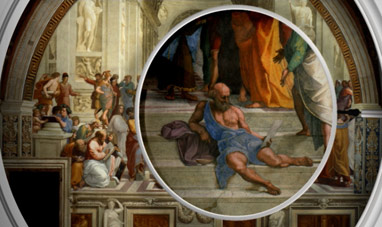

THE SCHOOL OF ATHENS
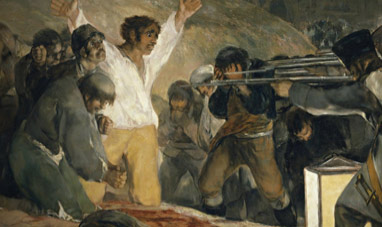

THE THIRD OF MAY 1808: THE EXECUTION OF THE DEFENDERS...
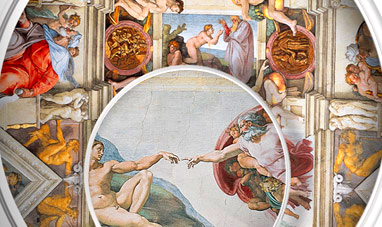

THE SISTINE CHAPEL
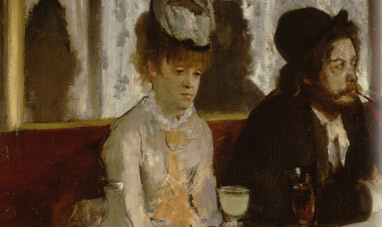

L'ABSINTHE


MICHELANGELO BUONARROTI
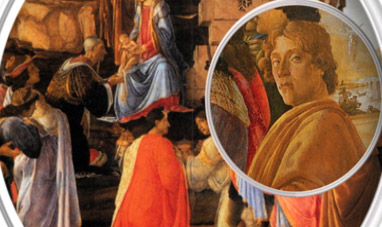

THE ADORATION OF THE MAGI
